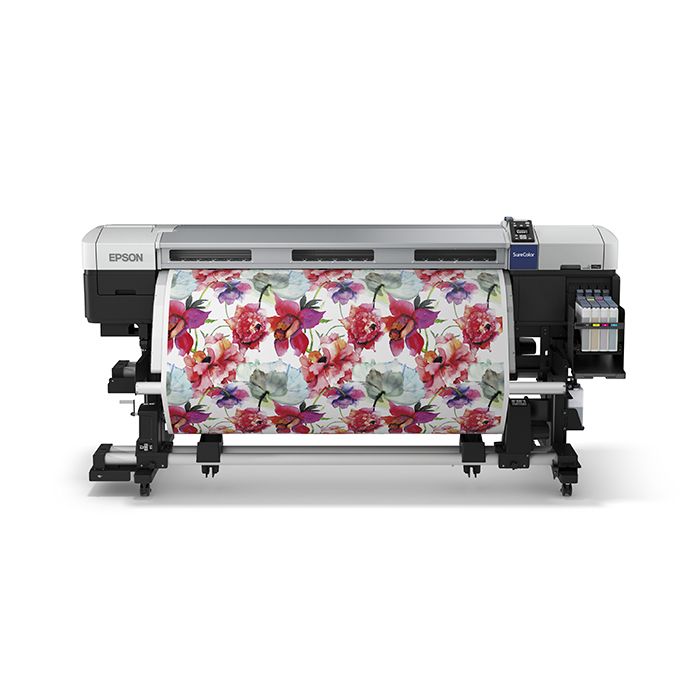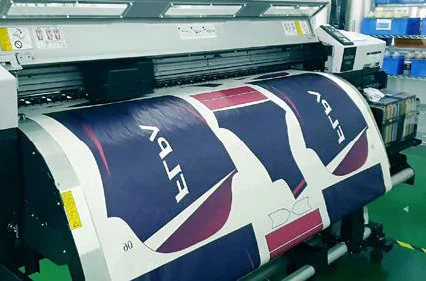Technologies in DTF Printing: How It's Reinventing the Market
The textile printing market is undergoing a substantial makeover, driven by the advanced developments in Direct-to-Film (DTF) modern technology. These innovations are not just boosting print top quality and versatility but likewise enhancing the whole printing procedure. With superior ink formulations, enhanced film and sticky modern technologies, and the integration of automation, DTF printing uses vivid, resilient prints on a range of textiles, fulfilling the raising demand for modification. As businesses seek a lot more efficient and eco friendly options, the implications of these innovations require a closer examination into just how they are shaping the future of fabric printing.
Developments in DTF Technology
Progressing swiftly, DTF (Direct-to-Film) printing innovation has actually undergone substantial renovations that are changing the fabric industry. Among one of the most remarkable innovations is the enhancement in print top quality. Modern DTF printers use advanced ink formulas that cause lively, resilient prints with high resolution and shade accuracy. These inks are especially engineered for compatibility with different fabric kinds, guaranteeing regular high quality regardless of the product.

Furthermore, improvements in film and sticky technologies have boosted the overall application procedure. New films use far better elasticity and adhesion, enhancing the toughness and washability of the published designs - screen printing. This guarantees that the prints preserve their stability and vibrancy even after several washes
Lastly, environmental factors to consider have actually prompted the advancement of green DTF solutions. Makers are increasingly embracing lasting techniques, such as making use of water-based inks and recyclable films, lining up with worldwide initiatives to lower the sector's ecological impact.
Benefits Over Standard Approaches
When contrasting DTF printing to standard techniques such as screen printing and direct-to-garment (DTG) printing, a number of distinctive benefits arise. sublimation printing. Among one of the most significant benefits is its flexibility in fabric compatibility. Unlike screen printing, which usually needs particular textile types, DTF printing can be related to a broader variety of materials, including cotton, polyester, and blends, without compromising print top quality
One more significant advantage is cost-effectiveness, especially for small to medium-sized orders. Conventional display printing comes to be economically viable only at higher quantities as a result of the arrangement costs involved. In contrast, DTF printing eliminates these setup expenditures, making it a lot more affordable for smaller batches and one-off styles.
In addition, DTF printing stands out in longevity and washability. Furthermore, DTF printing supplies faster turn-around times.

Boosted Design Capabilities
DTF printing uses improved style abilities that set it apart from conventional printing methods. The procedure entails publishing a style onto a special movie, which is then transferred to textile.
Furthermore, DTF printing supports a vast range of textiles, consisting of cotton, polyester, blends, and also non-textile substratums. This versatility opens doors for innovative applications link in diverse sectors such as style, home decor, and advertising products. Unlike screen printing, which can be limiting as a result of color splitting up and stencil creation, DTF printing streamlines the process, making multi-color and photo-realistic layouts much more accessible.
Additionally, DTF printing excels in attaining consistent color accuracy and vibrancy. In significance, DTF printing empowers developers to press the borders of creativity, delivering visually sensational outcomes that were formerly unattainable.
Price and Time Performance
Among the notable advantages of DTF printing hinges on its expense and time effectiveness, making it a favored option for lots of businesses. By getting rid of the need for display configurations and extensive pre-production procedures, DTF printing substantially lowers preliminary prices. Unlike traditional methods that require considerable investment in screens and configuration times, DTF printing enables for direct application onto different materials with very little prep work. This decrease in setup time equates right into faster manufacturing cycles, enabling services to accomplish orders much more swiftly.
Furthermore, DTF printing masters generating short runs and custom orders cost-effectively. The capability to produce premium prints without the requirement for huge volume dedications reduces waste and maximizes resource appropriation. This versatility is particularly useful for small companies and start-ups that might not have the funding to buy link massive manufacturing runs.
In regards to operational effectiveness, DTF printing's streamlined process enhances total productivity. The modern technology's compatibility with a variety of substrates and fabrics additionally broadens its application extent, minimizing the need for several printing systems. Companies can achieve a faster turn-around time, improving client complete satisfaction and competitiveness in the market. Thus, DTF printing stands out as a transformative service in the printing industry.
Future Trends in DTF Printing
Anticipating future patterns in DTF printing discloses a landscape marked by quick technological developments and raised market demand (heat transfer vinyl printing). One considerable fad is the integration of expert system (AI) and equipment knowing formulas to enhance print quality and improve procedures. AI-driven systems can forecast potential problems and readjust settings in real-time, guaranteeing constantly high-quality outcome
Furthermore, innovations in lasting products and environmentally friendly inks are anticipated to obtain grip. As environmental problems come to be much more important, the market is likely to see a shift in the direction of non-toxic and eco-friendly inks, reducing its eco-friendly impact.
Personalization and personalization will certainly likewise play a critical role. With the growing consumer need for distinct, individualized products, DTF printing technologies are advancing to use more detailed and in-depth personalization options. This trend is sustained by improved software remedies that permit for even more complicated and creative styles.
Lastly, the combination of DTF printing with various other digital platforms and shopping services will certainly become extra seamless. This connectivity will certainly allow companies to offer on-demand printing solutions straight to customers, additionally driving growth in the sector. These patterns jointly highlight a future where DTF printing not only meets yet exceeds the advancing requirements of the market.
Final Thought

When contrasting DTF printing to standard approaches such as screen printing and direct-to-garment (DTG) printing, a number of distinctive advantages emerge. Unlike display printing, which often requires details fabric kinds, DTF printing can be applied to a important site broader range of materials, including cotton, polyester, and blends, without endangering print top quality.
DTF printing uses enhanced layout abilities that establish it apart from typical printing techniques. Thus, DTF printing stands out as a transformative option in the printing market.
Developments in DTF printing dramatically enhance the fabric printing industry by supplying exceptional print flexibility, effectiveness, and high quality.